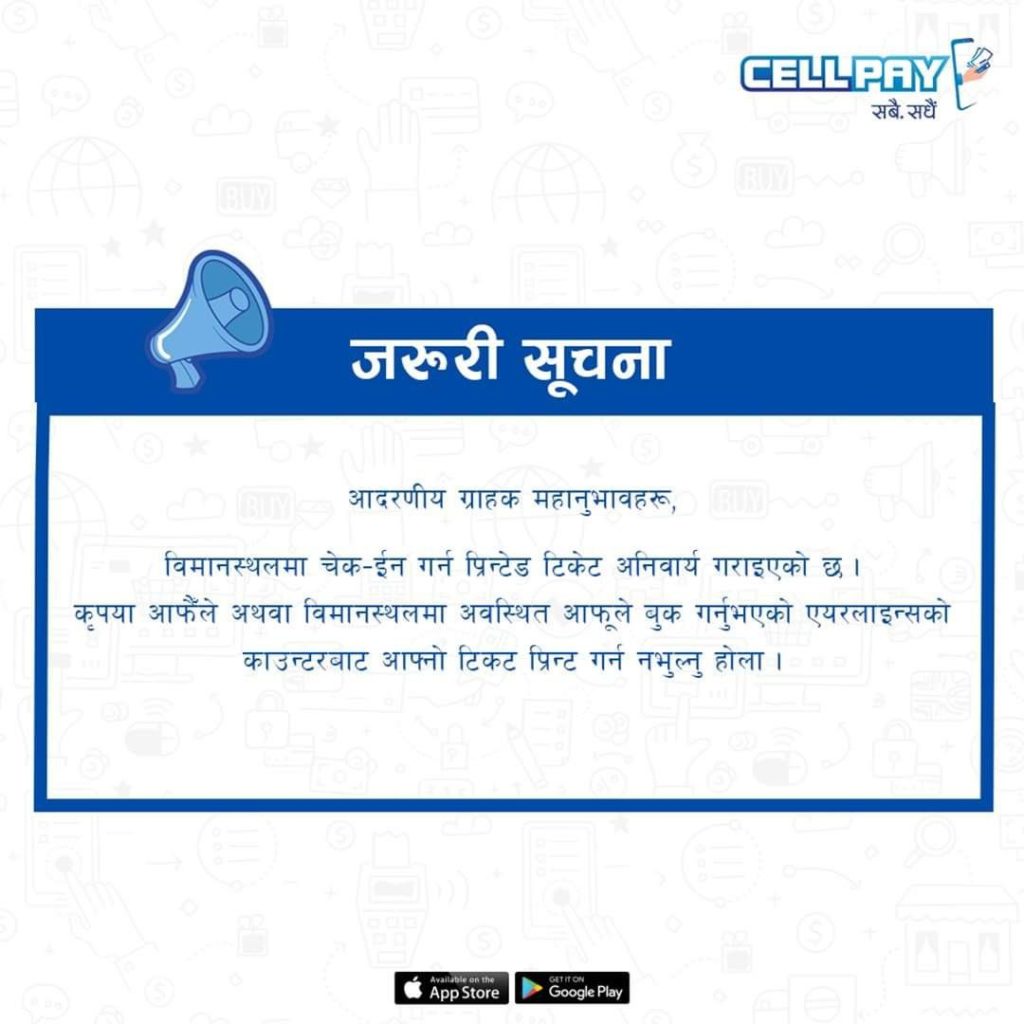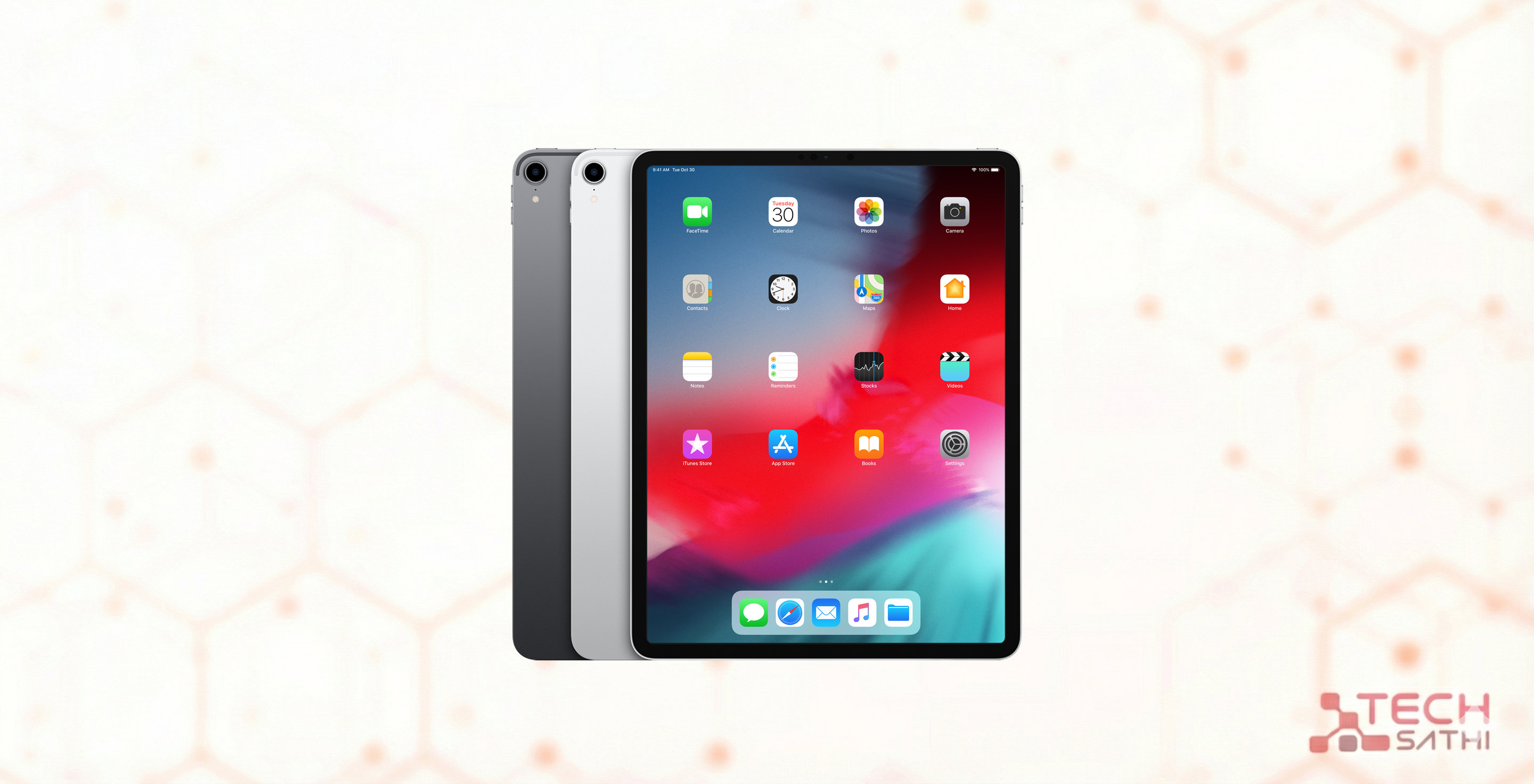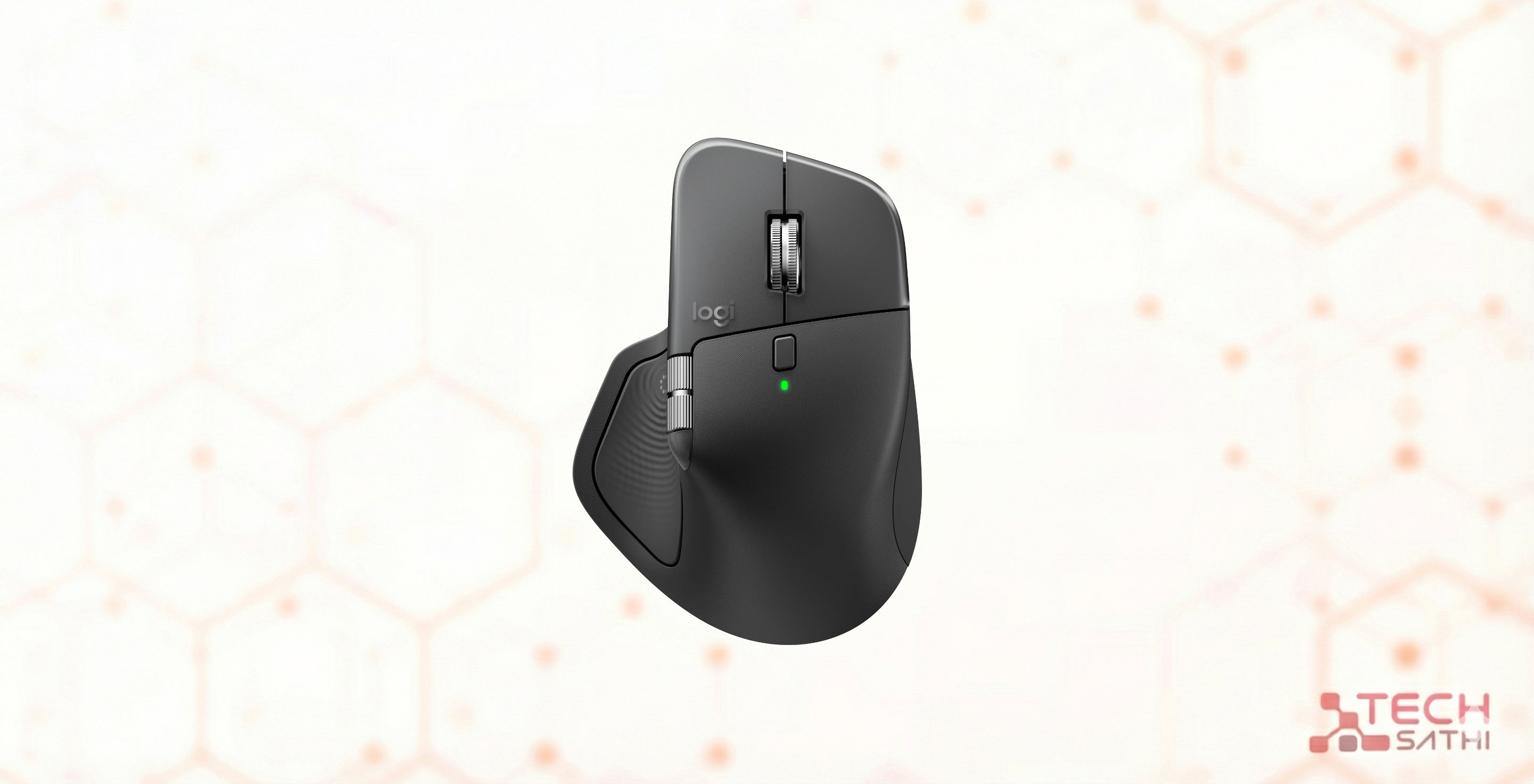Digital technology is getting a rapid adaptation in almost every aspects of our life. Nepal is also embracing the goal of #digitaleconomy since past few years. However, there are still some hindrances that are prevalent in practice of digital transactions. One of the recent problems in digital adaptation in Nepal is we still are not being able to replace the paper based economy fully by a digital economy.
Recently, Tribhuvan International Airport has now made it compulsory for the travelers in the internal terminal to show the printed or digital ticket for entrance.
To enter the internal terminal of Tribhuvan Airport for air travel, printed or digital tickets will be required starting Thursday. However, simply showing the ticket with the PNR number obtained in the SMS will not allow you to access the terminal.
According to Tribhuvan Airport spokeswoman Teknath Sitaula, a meeting between the Tribhuvan Airport administration, security agencies, and the airline on Monday decided not to allow admission to the base terminal of the PNR number of the ticket acquired via SMS.
PNR stands for Passenger Name Record which is a digital certificate allowing passengers to do online check-in or manage their bookings in a short time. It also works as a proof of your ticket booking and allows passengers to manage their bookings such as reprinting a lost flight ticket or printing the ticket at the airport.
“There will be no problem in entrance if there is a digital ticket with all the details to be printed,” he stated. You’ll need a PDF if you bought tickets using various digital wallets or mobile banking. This rule has not been implemented in airports outside Kathmandu.
Why is TIA Requiring Digital or Printed Tickets for the Entrance?
Each time you book your tickets and travel by air, you’ll need to show that ticket to the entrance in the terminal of airport. You had to show the PNR number at the entrance to the police. Then, you can enter in to the counter.
However, the airport itself does not provide the ticket on the spot. You had to either print it yourself or show the PNR number in your device. This requirement is for the internal flights.
As the digital wallets and mobile banking apps provide online flight bookings, you will get a digital receipt of your booked flights. Previously the airport allowed you to enter by just showing your PNR number in your mobile.
Due to the ongoing Covid-19 crisis and the health effects of its variants, TIA has been limiting on the entrance of the visitors in the internal terminal. In the recent times, many passengers were entering the terminal showing the same old PNR in their mobile SMS. This created unwanted crowd inside the terminal. Moreover, there were people who lined up to get boarding passes by showing only PNR.
Hence, TIA has taken this step to prevent such unwanted entries.
But many people are against this decision of TIA
Following this decision of TIA, most airlines companies and digital wallets are notifying their customers to either print the ticket or download the PDF file of the ticket which they receive after booking for flights.

So, you’ll now need to either print the ticket or download the PDF file of the ticket showing your full details.
Is Nepal going backwards in terms of Digital Technology?
No doubt there have been various commendable progresses in the economy regarding digital technology and digital transformation. However, we are still in the paper-era till today.
We are now being able to receive remittance online from more than 200 countries. Moreover, the practice of scratching recharge cards for mobile gradually replacing by mobile top ups through digital wallets and mobile banking apps.
In addition to that, digital payments including virtual cards, QR code payments are also growing day by day. Even small shop owners are accepting QR code payments. Moreover, you can open the bank account through just a QR. Likewise, recently digital wallets are allowing you to pay for the bluebook renewal. Nagarik App too has brought this update.
Despite these developments, we are still not able to fully adapt digital practices in these services. The problem of staying in line is somehow reduced but one still has the hassle in authorization. The disappointment of many Nepalese in being unable to authorize their citizenship in Nagarik App raises a question on the goal of Digital Nepal. Is Nepal going backwards in terms of technology?
Moreover, the recent decision of TIA to not accept the PNR number of mobile SMS and rather asking for a printed or digital economy is gaining a public rage. It is because those printed papers will just end up in trash. Also, some banks now accept the online application but require the customer to visit in the banks for KYC verification. Is this the #DigitalNepal we wanted? Certainly not.
Another instance is about the renewal of bluebooks. Though we can now pay for the bluebook renewal for vehicles online, one still has to print that voucher and submit to the transport office within 30 days of payment. This raises a question- Are we progressing slow in terms of digital economy?
Apart from these problems and hindrances, there’s a silver lining in the dark cloud somehow. Nepal Rastra Bank is currently studying on the prospects of cryptocurrency in Nepal and the sources are revealing that it may soon issue our own Nepalese crypto currency. If this happens, we might get a chance to invest and trade in crypto in a legal way.
However, there are more rooms for improvement in terms of digital transformation in Nepal and we need to update and upgrade the existing technologies we already have. Like the step taken by TIA is pushing us backwards to paper era.
Also read: Renew Your Bluebook of Vehicles Online from eSewa and Khalti



